There’s a reason WKRP in Cincinnati remains one of the funniest shows to ever hit our TV screens. With its unforgettable characters, razor-sharp humor, and wildly entertaining moments, it’s the kind of show you can watch over and over again—and still laugh like it’s the first time.
Not long ago, I decided to revisit a few seasons, and while diving back into this gem, I stumbled upon some hilariously unexpected bloopers that you won’t believe.
Curious? Let’s dive in and uncover the behind-the-scenes moments that make this iconic show even more lovable.
Named after excrement
Before we dive into the bloopers, we absolutely have to clear up how this legendary show got its name — something I had no idea about until recently.
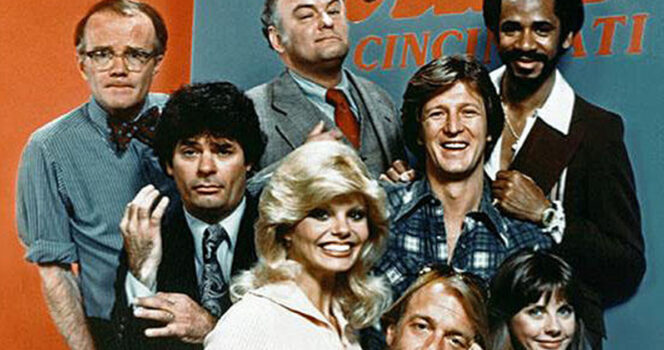
Did you know that WKRP in Cincinnati was practically named after… poop? Yup, you read that right! Creator Hugh Wilson spilled the beans to The Cincinnati Enquirer that WKRP was a cheeky nod to the word “crap.” And why Cincinnati? Well, Wilson thought it just had a nice ring to it alongside the call sign.
Today, we know that WKRP became a huge success, but it was far from certain that it would become the iconic show it is now.
Even though WKRP in Cincinnati featured several well-known actors and had a relatively large budget, the show almost didn’t survive its first season.
When it debuted in 1978, it faced some stiff competition, going head-to-head with Little House on the Prairie and Welcome Back, Kotter. Ratings weren’t great, and CBS took it off the air after just eight episodes.
But fans, especially radio DJs, loved the show for its spot-on portrayal of the radio world, and the positive buzz convinced CBS to give it another shot.
When WKRP came back, it scored a prime time slot right after MASH,* which was a huge boost. This change let creator Hugh Wilson shift from over-the-top radio antics to more character-focused stories, giving the ensemble cast more room to shine.
The truth about the bandage detail
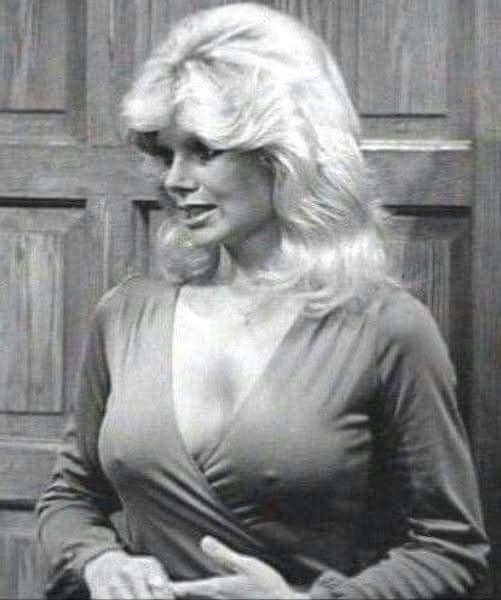
There are plenty of funny details in the characters’ clothes and props, if you just scratch the surface a bit.
In nearly every episode of WKRP in Cincinnati, the clueless news director Les Nessman is seen sporting a bandage somewhere on his body. Eventually, it’s revealed that his mysterious injuries are due to having a very large dog at home.
However, the origin of this quirky detail comes from real life — actor Richard Sanders was injured just before filming the pilot episode in 1978 and had to wear a bandage on set. Embracing the moment, Sanders turned it into a signature trait for Les, adding a humorous touch to the character.
And here’s another a fun detail to keep an eye out for if you rewatch WKRP — Les Nessman, a bachelor in the series, is often spotted wearing a wedding ring.
A soft spot for Herb Tarlek
The writers of WKRP clearly had a soft spot for Herb, as six out of the 22 episodes in season three focused on his character.
And if you remember Herb Tarlek, you know his fashion sense was something else— think wildly tacky suits. In one memorable episode, Put Up or Shut Up, Herb shows up in an especially outrageous outfit. Venus Flytrap then quips, ”Somewhere out there, there’s a Volkswagen with no seats.” Well, turns out that particular suit was made from the seat covers of an old Volkswagen.
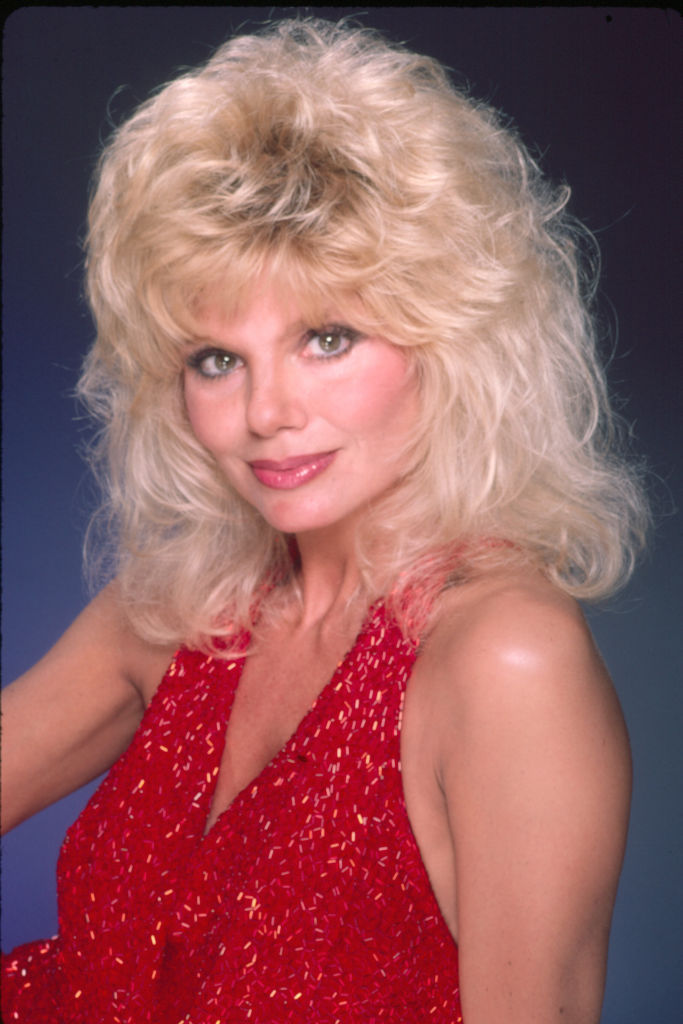
Interestingly, the role of Herb was originally offered to actor Rod McCary, but it was Frank Bonner who brought this iconic character to life. Even decades after the show ended, Herb Tarlek still holds the crown as the ultimate stereotype for ”unprofessional, bribe-taking, desperate salespeople.”
The great Midwest palm trees?
In a hilarious twist from the third season, Herb Tarlek’s family gets featured on the reality show “Real Families.” As the documentary crew films outside Herb’s house and along his daily commute, sharp-eyed viewers might catch an unexpected sight—palm trees lining the streets! Considering WKRP is set in Ohio, this is definitely out of place. The reason?
The show was filmed in sunny Hollywood, not the Midwest.
Tape Over Film: WKRP‘s musical magic
WKRP in Cincinnati was known for giving a spotlight to up-and-coming bands, and many artists have credited the show with helping boost their careers.
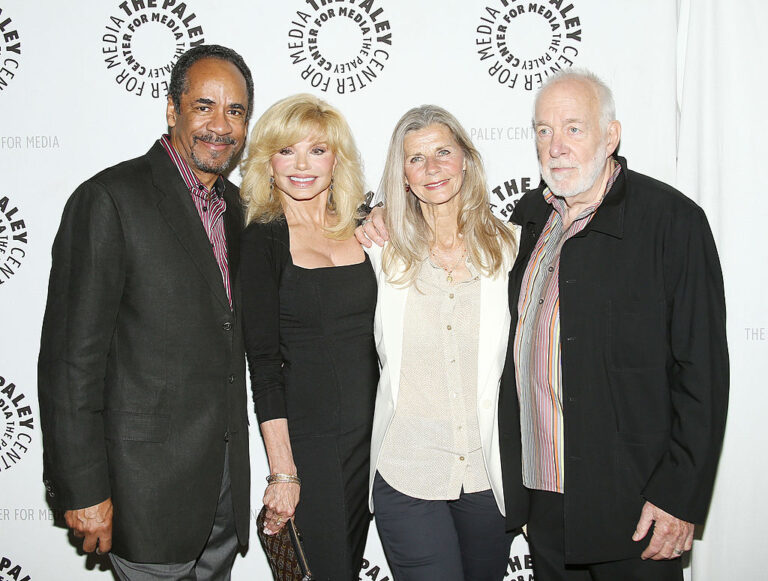
Bands like Blondie, U2, The Cars, TOTO, The Knack, and Devo saw a surge in popularity after their music was featured on the series. Blondie, in particular, was so thankful for the show’s role in making their hit ”Heart of Glass” a smash that they gifted their Gold Record to the producers. It hung proudly in the WKRP bullpen during seasons 2 to 4.
The show’s use of videotape instead of film played a key role in this musical magic. The rights to rock songs were much cheaper for a taped show, allowing the producers to feature a wider range of iconic tunes and give audiences an unforgettable soundtrack.
Refused to play the ”dumb blonde”
One thing that really stands out when revisiting WKRP is how fantastic Loni Anderson was (and still is) in the role of Jennifer Marlowe, the ”bombshell” receptionist.
Loni was determined not to play the typical “dumb blonde” character, and she certainly succeeded. Jennifer was sharp, confident, and even had a degree in journalism. But in Season 4, Episode 9, “The Consultant,” Loni took a hilarious turn.
At Andy’s request, she deliberately played up the ”dumb blonde” persona to mislead a consultant about the true nature of the station’s staff. It’s one of those moments where Loni’s comedic timing shines through in the best possible way.
The role as Jennifer Marlowe earned Loni Anderson three Grammy awards and made Loni Anderson a sex symbol almost overnight.
“I think women loved the fact I was sexy and smart,” she said. “I know it sounds crazy to people today but in 1978, when we came on, not many women were doing both in comedy.”
Farrah Fawcett gave her the job
Loni Anderson landed the role of Jennifer Marlowe after producers saw a poster of her in a red swimsuit, striking a pose reminiscent of Farrah Fawcett’s iconic 1976 poster. Hugh Wilson, the show’s creator, later explained that Anderson was cast not just for her physical resemblance to Jayne Mansfield but also for what he described as the “innocent sexuality” of Marilyn Monroe.
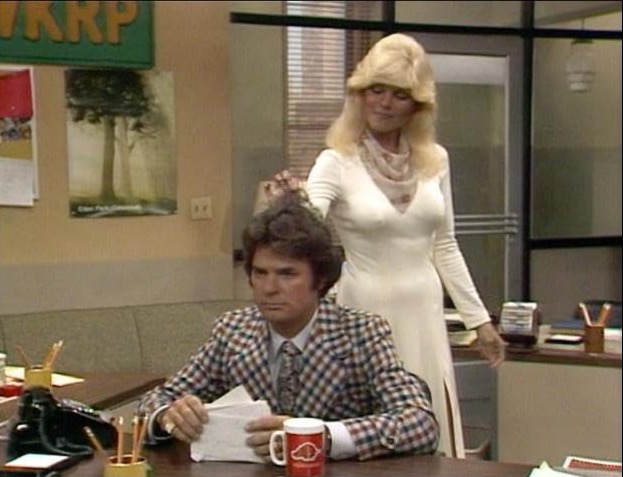
While those comments might have been meant as compliments, it’s interesting to think about how much focus was put on her looks. Loni Anderson definitely brought a lot of depth to Jennifer Marlowe, breaking away from the typical ”dumb blonde” stereotype. But it’s still worth reflecting on how often the industry used a woman’s appearance to define her worth, especially back then.
Turkeys Away was based on a true story
The iconic Turkey’s Away episode, which aired in October 1978, remains one of WKRP in Cincinnati‘s most beloved and memorable moments. In this episode, station manager Arthur Carlson attempts to pull off what he believes will be the greatest Thanksgiving promotion in radio history: dropping live turkeys from a helicopter. ”Turkeys Away” is often considered the show’s finest episode, landing on many lists of the greatest television episodes of all time.
Interestingly, the plot of “Turkeys Away” is based on a true story. The creator of WKRP, Hugh Wilson, drew inspiration from Jerry Blum, a real-life general manager of radio station WQXI in Atlanta. Blum had staged a similar promotion where turkeys were tossed out of a pick-up truck in a Dallas shopping center parking lot. According to The Atlanta Journal-Constitution, Blum recalled the incident in 1996, sharing that after the chaotic event, he jokingly said, ”I didn’t know turkeys couldn’t fly,” a line that Carlson delivers nearly word-for-word at the end of the WKRP episode. As Blum humorously put it, ”The public went nuts fighting over the turkeys.”
The bloopers in Turkeys Away
As mentioned, WKRP is full of hilarious bloopers, many of which revolve around the turntable used at the radio station. For instance, there are moments where music is played even though the needle isn’t on the vinyl.
And in the Turkey’s Away episode, there’s a classic blooper of this kind. If you look closely, you’ll notice that the record labels change between takes when the burnt-out disc jockey Dr. Johnny Fever plays music.
And if you continue to look closely, there’s yet another memorable moment in Turkey’s Away. When Carlson and Herb walk into the station covered in turkey feathers, you can catch Gary Sandy, who plays Andy, trying hard not to laugh. It’s a fun behind-the-scenes moment that shows just how hard it was to keep it together during such this wild scene.
The magic bullet hole
A fun blooper from the WKRP episode “Holds Up” in season one, after Bob “Bobby Boogie” Burnat shoots the speaker, a ”bullet hole” appears in the upper-left corner. However, when the speaker tips over, the hole falls off, revealing it was just a prop.
Another slip-up occurs when Burnat fires the Colt .45 and hands it to Johnny Fever.
If you pay close attention, you’ll notice that the hammer is down, meaning the gun wasn’t actually cocked and ready to fire. Normally, after firing a Colt 1911, the slide moves back to eject the spent shell and load a new round, which leaves the hammer cocked and ready. So, the hammer being down shows that the gun wasn’t really fired after all.
Nessman’s slip up
Les Nessman, WKRP’s diligent newsman, proudly boasts about winning the “Buckeye Newshawk Award” five times. However, in a funny bathroom scene from the first season’s “Fish Story,” Les seems to forget his own achievement. Instead of confidently claiming five wins, he stumbles and says he’s only won it twice. It’s a hilarious slip that highlights Les’s quirky charm and proves that even the most dedicated pros can have an off day.
A card game with a twist
While WKRP in Cincinnati is best known for its humor, it didn’t shy away from serious topics. In the episode “Straight from the Heart,” Herb Tarlek grapples with the possibility of having heart problems, and his colleagues try to convince him to get tested.
This leads to a tense bet between Bailey Quarters and Herb, where the result of a card draw will determine if he seeks medical attention. Bailey confidently calls the card a “4,” but when it’s shown on screen, it’s actually a 2. Was Bailey caught up in the stress of the moment and misread it? Or was she bending the truth to push Herb toward making the right choice? Either way, the small slip adds another layer of tension to an already emotional episode.
WKRP’s hidden signals
Here’s another fun detail for WKRP in Cincinnati fans: Cincinnati actually has two radio stations with call letters similar to WKRP. One of them, WKRC, was an AM station with a “middle of the road” music format when the show first aired. Instead of seeing the show as competition, WKRC welcomed the attention, calling it the best (and free!) publicity they’d ever had.
And while WKRP aired on CBS, the towering transmission tower shown in the opening credits wasn’t CBS-owned at all. It actually belongs to Cincinnati’s NBC affiliate, WLWT.
Why WKRP was cancelled
Despite its cult status and loyal fan base, WKRP in Cincinnati never quite received the love and respect from CBS that it deserved.
Starting midway through the second season, CBS began shuffling WKRP around its schedule, making it nearly impossible for audiences to keep track of when it was airing. This constant movement contributed to declining ratings and ultimately led to the show’s cancellation.
Gary Sandy, who played the folksy, charismatic program director Andy Travis, was vocal about his frustration with the network’s handling of the series.
“I don’t see how it could get ratings when they (CBS executives) moved it 17, 18 times. It was always someplace else. My mother and father used to have to call me to ask me what night it was on,” he told NEA.
Tim Reid, Loni Anderson, Jan Smithers and Howard Hesseman arrive at WKRP In Cincinnati reunion in 2014 (Photo by Michael Tran/FilmMagic)
His sentiment was shared by many of the cast members, who were disappointed by CBS’s lack of support. Fans, too, mourned the premature end of a show that had perfectly blended humor, heart, and rock-and-roll spirit.
However, WKRP wasn’t entirely gone. In 1991, The New WKRP in Cincinnati premiered in syndication, giving fans a chance to revisit the beloved station.
The sequel series, created by Hugh Wilson, featured several familiar faces. Gordon Jump (Arthur Carlson), Richard Sanders (Les Nessman), and Frank Bonner (Herb Tarlek) returned as full-time cast members, while Howard Hesseman (Dr. Johnny Fever) appeared in a recurring role. Loni Anderson (Jennifer Marlowe) and Jan Smithers (Bailey Quarters) also made guest appearances, bringing a nostalgic charm to the reboot.
WKRP in Cincinnati wasn’t just a sitcom—it was a perfect mix of sharp humor, heartfelt moments, and a rock-and-roll vibe that resonated with audiences. The show’s charm lives on, not just through its unforgettable characters and storylines but also through the hilarious bloopers that eagle-eyed fans still love to spot.
Whether it’s a “bullet hole” falling off a speaker, record labels magically changing, or a sneaky palm tree popping up in Ohio, these little slip-ups only add to the show’s timeless appeal. If you’re a fan of laughter, heart, and a dash of classic rock, WKRP is always worth another watch—and who knows, you might catch a blooper you missed the first time!
